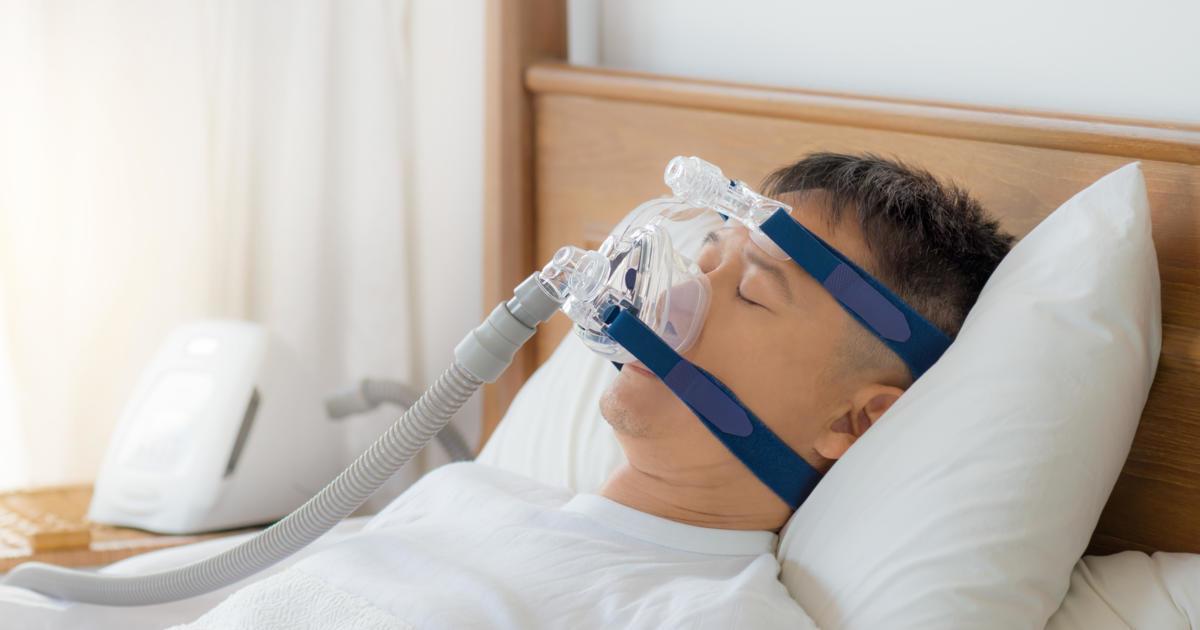How To Effectively Treat Sleep Apnea
Sleep apnea is a medical condition that causes an individual's breathing to start and stop while they sleep. This is usually caused by a partial or full obstruction of the airway. When the throat muscles relax, it can lead the airway to collapse. The nasal passages may also be blocked by conditions like a deviated septum, allergies, or a cold. Sleep apnea patients don't usually wake when they stop breathing, and as such, they may not know they have the condition. The lack of oxygen leads to disturbed sleep quality. It's common for those with sleep apnea to feel exhausted and foggy no matter how much sleep they get. Depending on the cause of the condition, there are a number of treatment options available. Learn about them now.
Use Of A CPAP Machine

The use of a CPAP machine is the most commonly recommended treatment. CPAP, or continuous positive airway pressure, is a type of machine that uses air pressure to make sure the patient's airway stays open. The air pressure delivered by a CPAP machine is slightly higher than the surrounding pressure, so it keeps the affected individual's nasal and throat passages open to allow unobstructed air flow. This prevents periods of stopped breathing and reduces snoring, since snoring is caused by vibrations due to partially obstructed airflow. When patients use a CPAP machine, they'll put on a mask that delivers the airflow. Some individuals need to try a few different masks before they find the most comfortable option. Rather than discontinuing CPAP use if they experience discomfort, patients should talk to their doctor about how to make the machine more comfortable.
Wear An Oral Appliance

While using a CPAP machine tends to be the most reliable form of treatment for most sleep apnea patients, another potential option is to wear an oral appliance. It's sometimes easier to use oral appliances than CPAP machines, and some patients may try them first before committing to a CPAP machine. The exact function of the appliance varies depending on the design. Some open the throat by positioning the jaw further forward, which can sometimes help keep the airway from collapsing and provide relief for mild cases of sleep apnea. Oral appliances are typically available from the dentist, and affected individuals might try a few different designs when looking for the one that works for them. They'll need to follow up regularly with the dentist to make sure the fit is good and isn't causing oral health complications.
